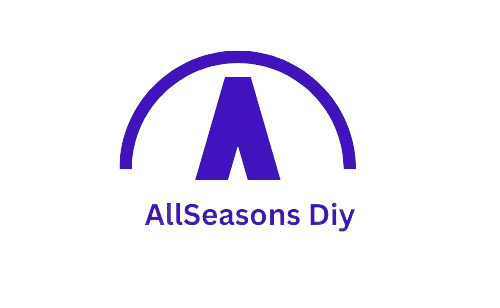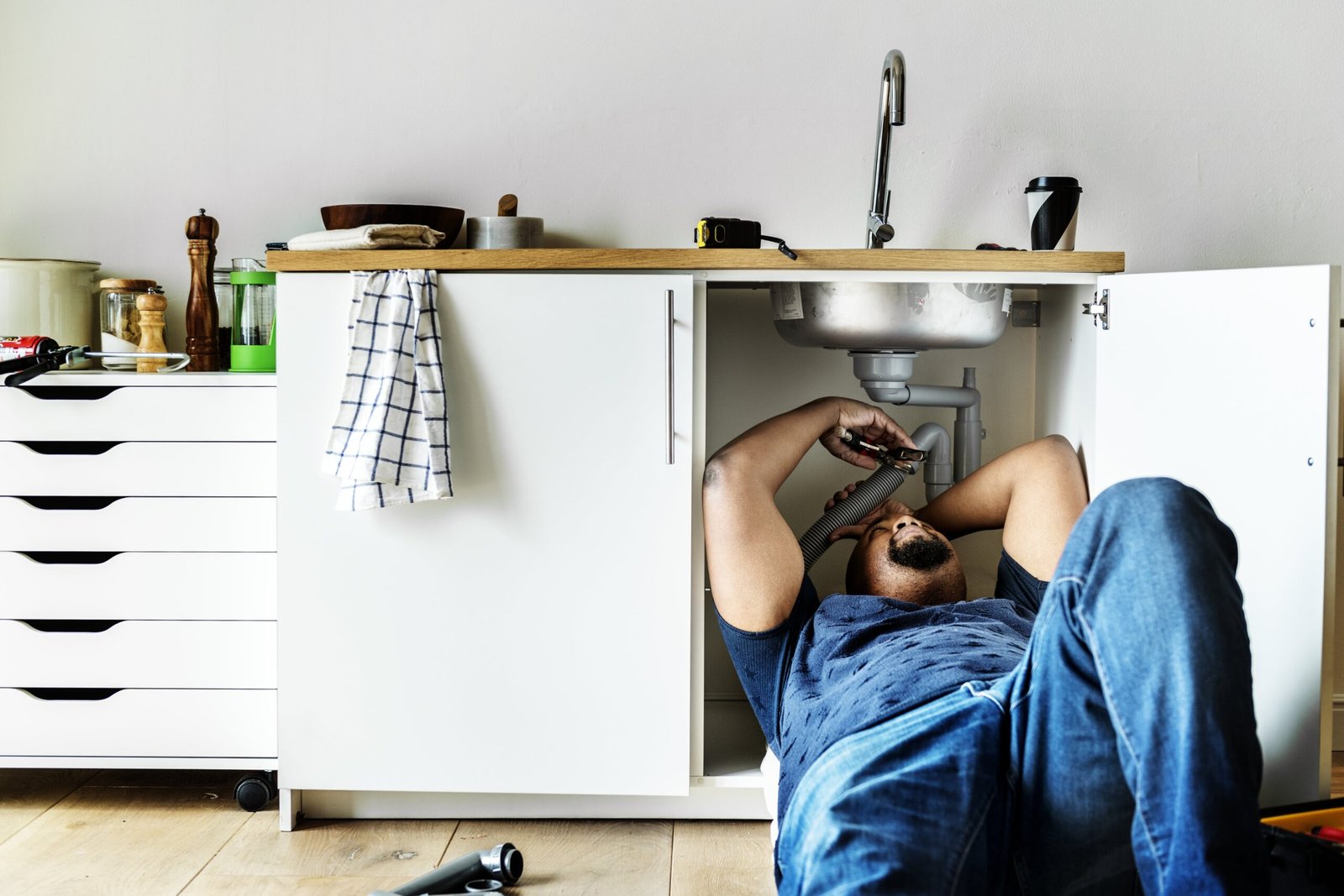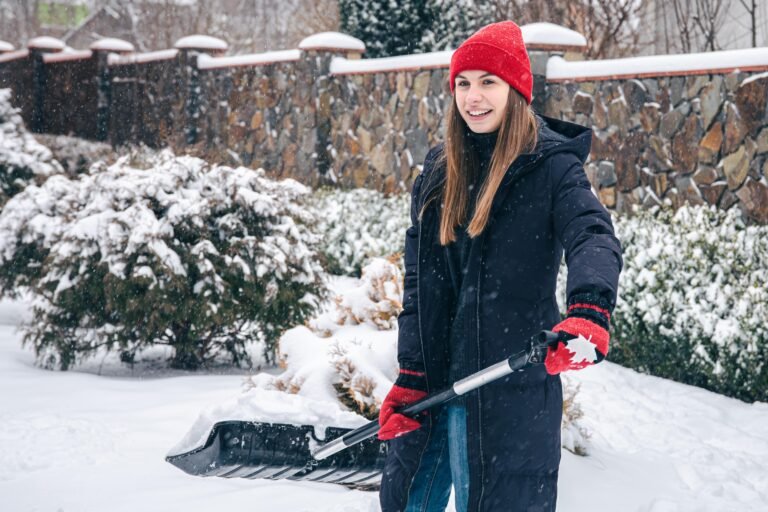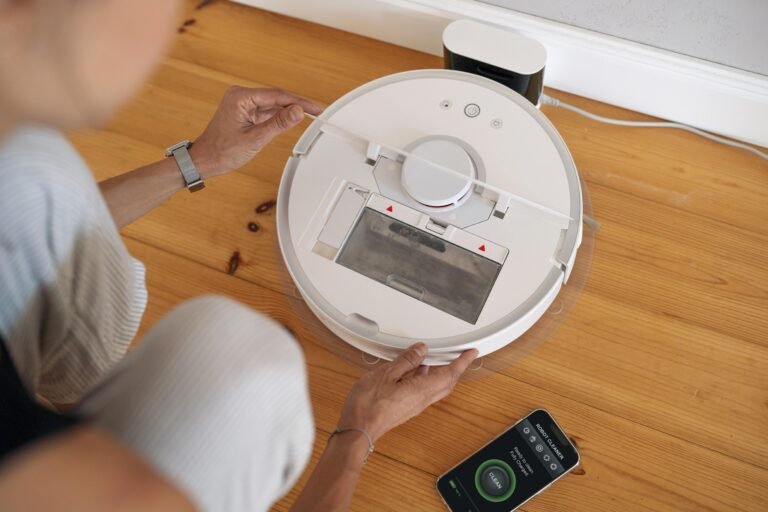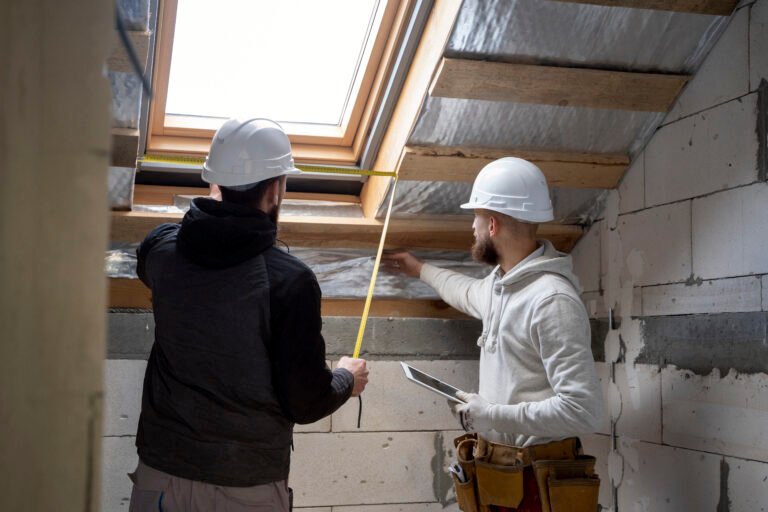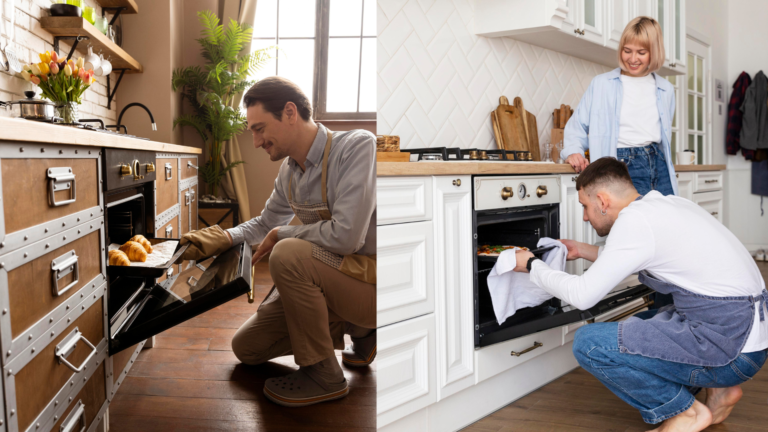How to Avoid Costly Mistakes with DIY Plumbing Maintenance?
DIY plumbing can be a bit risky. A small mistake might become a big, expensive problem, causing water damage and high repair costs. But don’t worry! If you learn how to do things, you can take care of many simple plumbing jobs yourself. This can save you money by not hiring a professional for every little problem.
The most important thing in DIY plumbing is to know what you can handle and to plan. Ensure you have the right tools and materials, and recognize when a job is too complicated. Learning plumbing basics and regular maintenance can help you avoid common mistakes and save a lot of money over time. By handling plumbing maintenance wisely, you can keep your home’s water systems working well and avoid the big problems that plumbing issues can cause.
What is the Plumbing System?
Before you start any DIY plumbing work, it’s important to know what makes up the plumbing system in your house. This system is a big network of pipes, fixtures, and connections that bring clean water into your home and remove dirty water. There are two main parts: the water supply system that brings in the freshwater, and the drainage system that removes wastewater.
The water supply system brings fresh water from a city or private well into your home. This water is used for drinking, cooking, cleaning, and heating. It is pressurized to reach all parts of your home, from the basement to the upper floors. On the other hand, the drainage system uses gravity to move wastewater and sewage out of your home and into the sewer or a septic tank. This system includes not just the drain pipes but also vents and traps, a series of pipes that help keep air moving in the drainage system and stop sewer gases from coming into your house.
Understanding these parts and how they work is important because it helps you spot where problems might happen and how to fix them safely. Knowing the basics of your home’s plumbing helps you take care of it better and avoid expensive errors in your DIY projects.
What are the Common DIY Plumbing Projects?
Once you understand your home’s plumbing system, you might wonder which tasks you can safely do yourself. Many homeowners successfully handle various DIY plumbing projects that improve efficiency and prevent problems. Here are some common DIY plumbing tasks:
- Fixing Leaky Faucets and Pipes: A dripping faucet isn’t just annoying—it wastes a lot of water and increases your utility bills. Often, replacing worn-out washers or o-rings can stop the leak.
- Unclogging Drains: Clogs are common in sinks, showers, and toilets. You can often fix these using a plunger, a plumber’s snake, or a natural drain cleaner made from vinegar and baking soda.
- Running Toilet Repair: A toilet that runs continuously wastes water. This is usually due to a faulty flapper or fill valve, which you can replace easily with basic tools and a bit of know-how.
- Installing New Fixtures: Updating a bathroom or replacing a kitchen faucet is a common DIY project. It can improve how your home looks and works.
- Winterizing Pipes: To stop pipes from freezing and bursting in cold weather, you can insulate them and seal any leaks around your home. This seasonal maintenance can prevent costly repairs and water damage.
Starting with these simple projects can help you gain confidence and skills for handling more complex plumbing tasks. However, it’s important to prepare and research thoroughly before each project to avoid mistakes that could lead to expensive problems.
Potential Pitfalls and How to Avoid Them?
DIY plumbing projects can save money and be satisfying, but they also come with risks. Without the right knowledge and preparation, simple tasks can turn into expensive problems. Here are some common mistakes and tips to avoid them:
- Overtightening Connections: One common mistake is tightening pipes, fittings, and fixtures too much. This can cause cracks and leaks over time. Tighten connections just enough to be snug, without using too much force. If unsure, check the manufacturer’s guidelines.
- Using the Wrong Tools: Plumbing needs specific tools, and using the wrong ones can damage your system. Invest in basic plumbing tools like a pipe wrench, basin wrench, plumber’s tape, and a good plunger. Learn how to use them properly before starting any project.
- Ignoring Local Codes and Permits: Many plumbing projects need to follow local building codes and might require permits. Ignoring these rules can lead to fines and problems when selling your home. Always check with local authorities to make sure you follow the necessary codes and get any required permits.
- Improper Pipe Cutting and Joining: Accurate measurements and clean cuts are crucial when working with pipes. A poorly cut or joined pipe can cause leaks and water damage. Use a pipe cutter for clean cuts and make sure all joints are sealed properly with the right adhesive or soldering technique.
- Not Shutting Off the Water Supply: Forgetting to turn off the water supply before starting a plumbing project can cause flooding and serious water damage. Always find and turn off the main water valve or the specific valve for the area you’re working on before you begin any repairs or installations.
- Neglecting to Plan for Emergencies: Plumbing projects don’t always go as planned. Have a backup plan for emergencies, including knowing how to quickly shut off the water supply and having a professional plumber’s contact information handy.
By being aware of these common mistakes and taking steps to avoid them, you can ensure your DIY plumbing projects are successful and cost-effective. Proper preparation, the right tools, and a careful approach will help you tackle these challenges and keep your home’s plumbing system running smoothly.
What are the Essential Tools and Materials for DIY Plumbing?
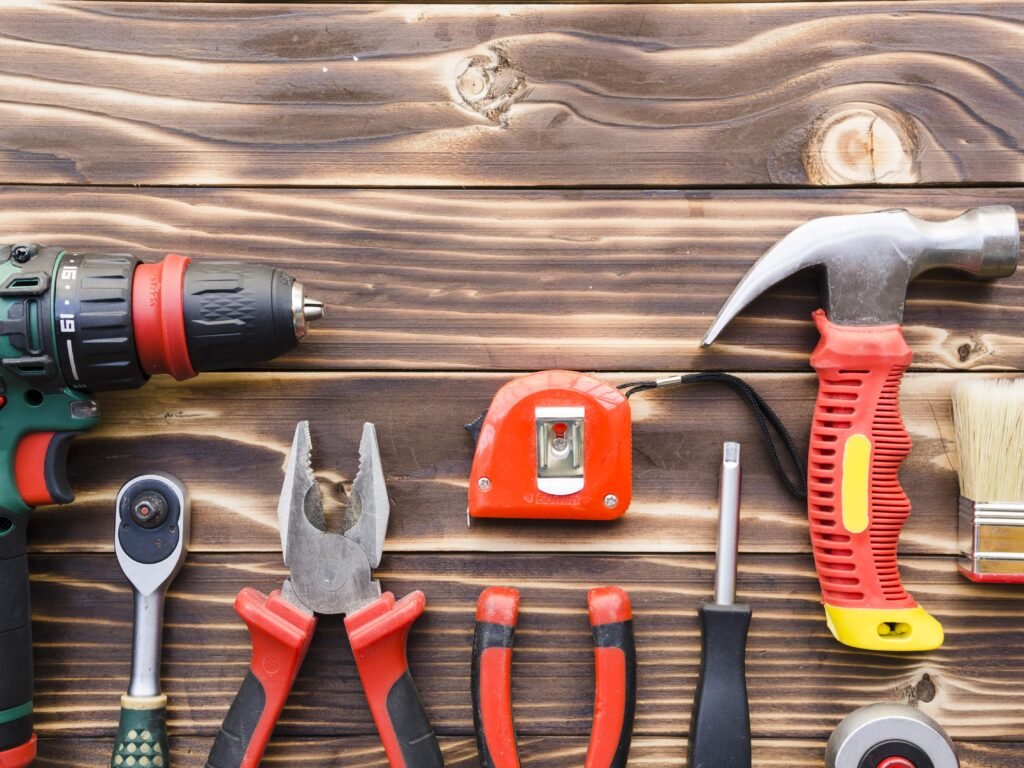
Starting DIY plumbing projects means having the right tools and materials. With the essentials, you can handle many tasks efficiently. Here are the must-have tools and materials for your DIY plumbing toolkit:
- Pipe Wrenches: These strong wrenches are crucial for gripping and turning pipes. Having two—one for holding and one for turning—helps you work on pipes without damaging them.
- Basin Wrench: Perfect for working in tight spaces, especially under sinks, a basin wrench is vital for loosening and tightening nuts on faucet connections.
- Adjustable Wrenches: These versatile wrenches are useful for various plumbing tasks, as you can adjust the jaw size to fit different nuts and bolts.
- Pipe Cutters: For clean and precise cuts, a pipe cutter is essential. Depending on the type of pipes you’re working with, you might need a specific cutter for copper, PVC, or PEX pipes.
- Plumber’s Tape (Teflon Tape): This thin tape seals threaded pipe joints, preventing leaks. It’s easy to apply and creates a watertight seal.
- Plunger: A basic but essential tool for unclogging drains and toilets. A good-quality plunger can fix many minor clogs without needing chemicals.
- Plumber’s Snake (Drain Auger): For tougher clogs that a plunger can’t handle, a plumber’s snake is a flexible tool that can reach deep into pipes to clear blockages.
- Pipe Sealant and Pipe Dope: These sealing compounds ensure a tight fit in threaded joints, providing extra protection against leaks.
- Hacksaw: Handy for cutting metal and plastic pipes, a hacksaw is useful for various plumbing cutting tasks.
- Pliers (Channel Lock Pliers): These pliers are great for gripping, twisting, and turning different plumbing parts. Their adjustable jaw size makes them versatile for many tasks.
- Bucket and Towels: Always have a bucket and towels to catch water spills and keep your workspace clean and dry.
- Safety Gear: Don’t forget safety goggles and gloves to protect yourself from debris and harmful substances.
Having these essential tools and materials ready will make your DIY plumbing projects easier and more effective. Proper preparation and the right equipment help you avoid costly mistakes and keep your plumbing system in good shape.
When to Call a Professional?
While you can handle many plumbing issues with some basic skills and the right tools, there are times when it’s best to call a professional. Knowing when to do this can save you from costly mistakes and potential dangers. Here are some situations where a professional plumber is your best bet:
- Major Leaks and Burst Pipes: If you find a big leak or a burst pipe, you need to act fast. These problems can cause serious water damage quickly. A professional plumber can fix the issue promptly and correctly.
- Sewer Line Issues: Problems with the main sewer line, like blockages or breaks, need special equipment and expertise. Trying to fix these yourself can lead to major issues, like sewage backups and contamination.
- Gas Line Repairs: Working with gas lines is very dangerous and needs a high level of skill. Any repairs or installations involving gas lines should always be done by a licensed professional to ensure safety and follow local regulations.
- Persistent Clogs: If you’ve tried to unclog a drain with a plunger and plumber’s snake but the clog won’t go away, it might be a deeper issue. A professional plumber has the tools and knowledge to diagnose and fix stubborn clogs effectively.
- Low Water Pressure: If you have low water pressure throughout your home, it could mean a serious problem like pipe corrosion, leaks, or issues with the main water supply. A professional can find the cause and fix it properly.
- Remodeling and New Installations: For big remodeling projects or new installations, professional plumbing services make sure the work meets the code and fits perfectly with your existing system. This includes adding new bathrooms, kitchens, or home additions.
- Water Heater Problems: Water heaters have complex parts and can be dangerous. If you have issues like irregular heating or leaks, a professional can safely diagnose and fix the problem.
- Permits and Inspections: Some plumbing projects need permits and must pass inspections to meet local codes. A professional plumber can handle these requirements, ensuring your project follows regulations and avoids legal issues.
Knowing when to call a professional protects your home from damage and ensures that repairs and installations are done safely and effectively. By understanding the limits of DIY plumbing and getting professional help when needed, you can keep your plumbing system reliable and avoid costly mistakes.
Maintaining Your Plumbing System Proactively
Keeping your plumbing system in good shape requires regular care and a proactive approach. By taking simple steps, you can extend the life of your plumbing, avoid unexpected repairs, and save money. Here’s how to maintain your plumbing system:
- Regular Inspections: Make it a habit to check your plumbing system regularly. Look for signs of leaks, rust, or damage in pipes, faucets, and fixtures. Finding problems early can prevent small issues from becoming big repairs.
- Check for Leaks: Even small leaks can waste a lot of water and cause damage over time. Check under sinks, around toilets, and in areas with exposed pipes for moisture or water damage. Fix any leaks quickly to avoid high water bills and further damage.
- Maintain Drains: To prevent clogs, be careful what you put down your drains. Don’t pour grease, coffee grounds, or large food particles down the kitchen sink. Use drain covers to catch hair and debris in bathroom sinks and showers. Clean drains regularly with a mix of vinegar and baking soda to keep them clear and odor-free.
- Winterize Your Pipes: In cold climates, protect your pipes from freezing by insulating them, especially in unheated areas like basements, attics, and garages. Disconnect and drain outdoor hoses before winter, and consider installing frost-proof spigots to prevent outdoor faucets from freezing.
- Water Heater Maintenance: Regularly check your water heater for leaks or rust. Flush the tank once a year to remove sediment buildup, which improves efficiency and extends the heater’s life. Set the temperature to 120°F to prevent scalding and reduce energy use.
- Inspect Appliance Connections: Check that the water supply lines to appliances like washing machines, dishwashers, and refrigerators are secure and not worn out. Replace any old or damaged hoses to prevent leaks and water damage.
- Install Water Softeners: If you have hard water, installing a water softener can reduce mineral buildup in pipes and appliances. This helps extend the life of your plumbing system and improves the efficiency of your water heater and other appliances.
- Educate Household Members: Make sure everyone in your home knows where the main water shut-off valve is and how to turn it off in an emergency. Teach them proper plumbing use, like not flushing non-biodegradable items down the toilet.
- Schedule Professional Inspections: Even with regular DIY maintenance, it’s a good idea to have a professional plumber inspect your system once a year. They can find potential issues you might have missed and give expert advice on maintaining your plumbing.
By following these proactive maintenance tips, you can keep your plumbing system running smoothly, avoid unexpected problems, and ensure your home is safe and efficient. Regular upkeep not only saves money but also gives you peace of mind knowing your plumbing is in good shape.
In conclusion
In conclusion, taking care of your home’s plumbing through DIY efforts can be very rewarding and save you money if you have the right knowledge and tools. By learning the basics of your plumbing system, handling common DIY projects, avoiding mistakes, and knowing when to call a professional, you can manage your plumbing needs effectively. Regular maintenance helps prevent problems before they start, keeping your plumbing system efficient and reliable. With careful planning and attention, you can avoid costly mistakes and enjoy a well-maintained plumbing system for years.
FAQs
1. What are some common DIY plumbing tasks I can handle myself?
You can handle tasks like fixing leaky faucets, unclogging drains, repairing running toilets, and installing new fixtures. These projects are typically manageable with basic tools and a bit of know-how.
2. How can I prevent plumbing mistakes while doing DIY projects?
To avoid mistakes, always turn off the water supply before starting, use the right tools, follow local codes, and avoid overtightening connections. Research each task thoroughly before beginning and know your limits.
3. What tools do I need for DIY plumbing maintenance?
Essential tools include pipe wrenches, a basin wrench, adjustable wrenches, pipe cutters, a plumber’s tape, a plunger, a plumber’s snake, and safety gear like gloves and goggles.
4. When should I call a professional plumber?
Call a professional for major leaks, sewer line issues, gas line repairs, persistent clogs, low water pressure, water heater problems, and any project requiring permits or inspections.
5. How can I maintain my plumbing system to avoid future problems?
Perform regular inspections, check for leaks, maintain drains, winterize pipes, flush your water heater annually, inspect appliance connections, and consider installing water softeners if you have hard water.
